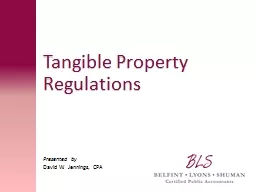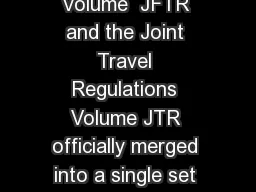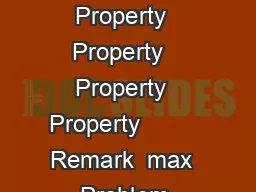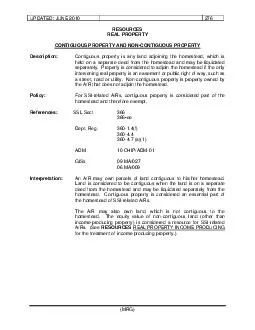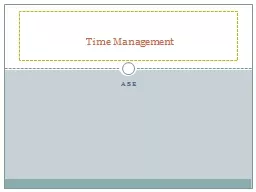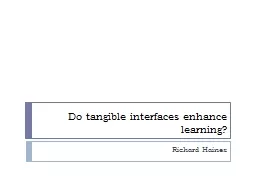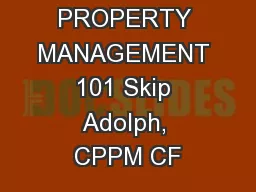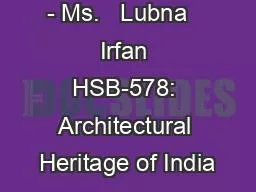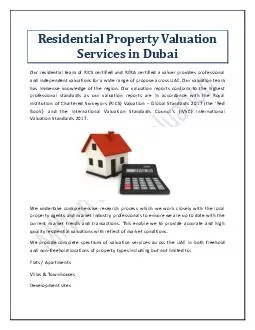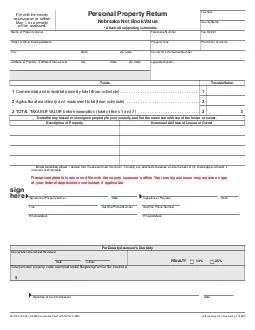PPT-Tangible Property Regulations
Author : natalia-silvester | Published Date : 2016-09-03
Presented by David W Jennings CPA Determining the unit of property Improvement Standards Tangible Property Regulations Treas Reg 1263 a3 Determine the unit of
Presentation Embed Code
Download Presentation
Download Presentation The PPT/PDF document "Tangible Property Regulations" is the property of its rightful owner. Permission is granted to download and print the materials on this website for personal, non-commercial use only, and to display it on your personal computer provided you do not modify the materials and that you retain all copyright notices contained in the materials. By downloading content from our website, you accept the terms of this agreement.
Tangible Property Regulations: Transcript
Download Rules Of Document
"Tangible Property Regulations"The content belongs to its owner. You may download and print it for personal use, without modification, and keep all copyright notices. By downloading, you agree to these terms.
Related Documents

